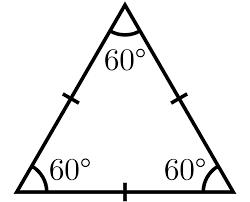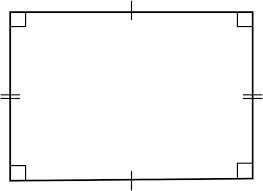Problems
Prove that the relation between areas of two similar polygons equals to the square of their similarity coefficient.
In triangle \(\triangle ABC\) with right angle \(\angle ACB=90^{\circ}\), \(CD\) is the height and \(CE\) is the bisector. Draw the bisectors \(DF\) and \(DG\) of the triangles \(BDC\) and \(ADC\). Prove that \(CFEG\) is a square.
Let \(ABCDEF\) be a regular hexagon. Points \(G\) and \(H\) lie on \(EF\) and \(DE\) respectively such that \(|EG|=|EH|\). Furthermore, the area of quadrilateral \(ABGF\) is equal to the area of quadrilateral \(BGEH\), which are both equal to the area of \(BCDH\). What’s the ratio \(\frac{|EG|}{|EF|}\)?
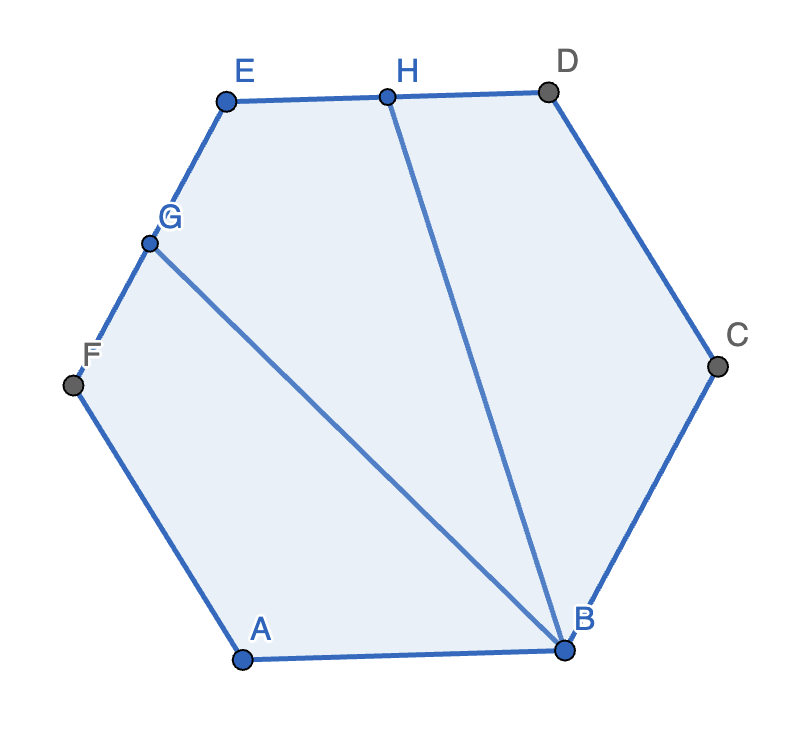
Below is a regular octagon. Given that its side length is \(1\), what’s the difference between the area of the red rectangle and the rest of the octagon?
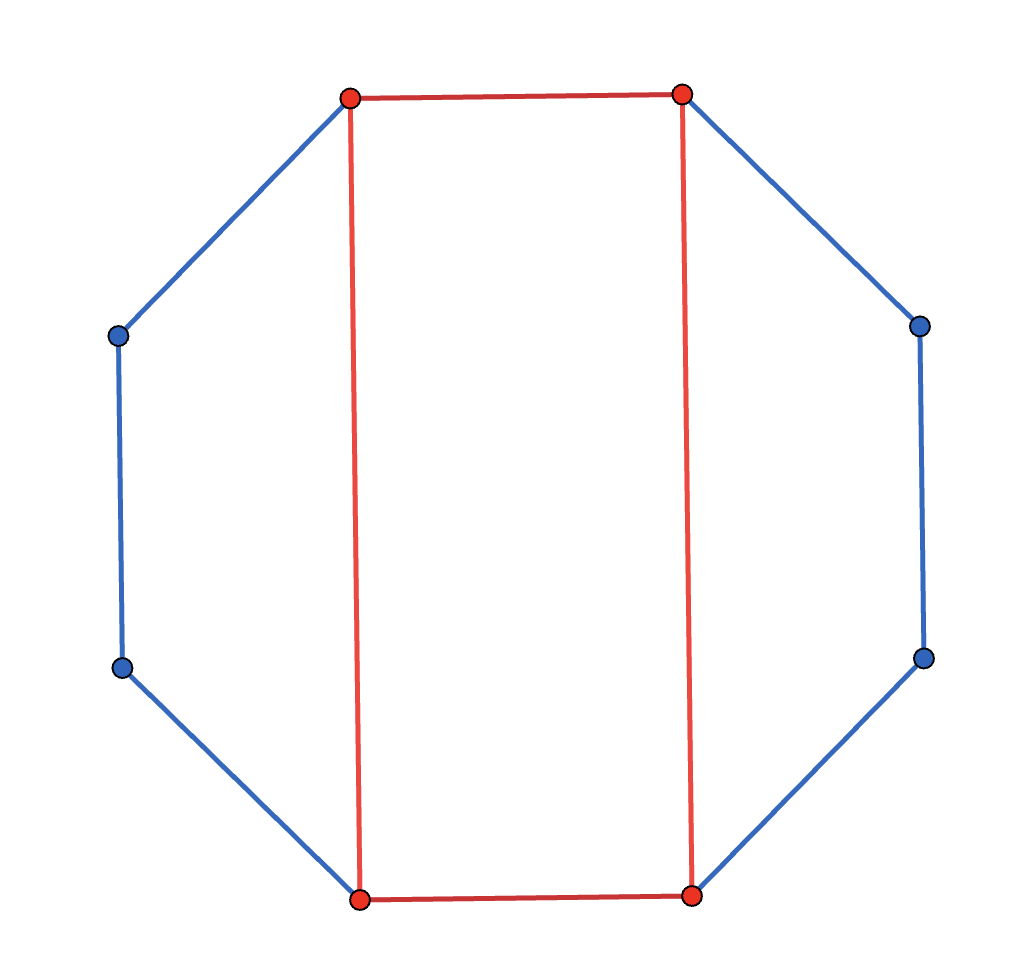
In the diagram, all the small squares are of the same size. What fraction of the large square is shaded?
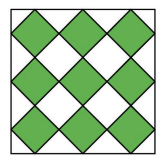
Let \(A\), \(B\), \(C\), \(D\), \(E\) be five different points on the circumference of a circle in that (cyclic) order. Let \(F\) be the intersection of chords \(BD\) and \(CE\). Show that if \(AB=AE=AF\) then lines \(AF\) and \(CD\) are perpendicular.
What are the symmetries of an isosceles triangle (which is not equilateral)?
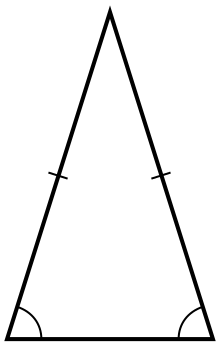
What are the symmetries of the reduce-reuse-recycle symbol?

What are the symmetries of an equilateral triangle?
